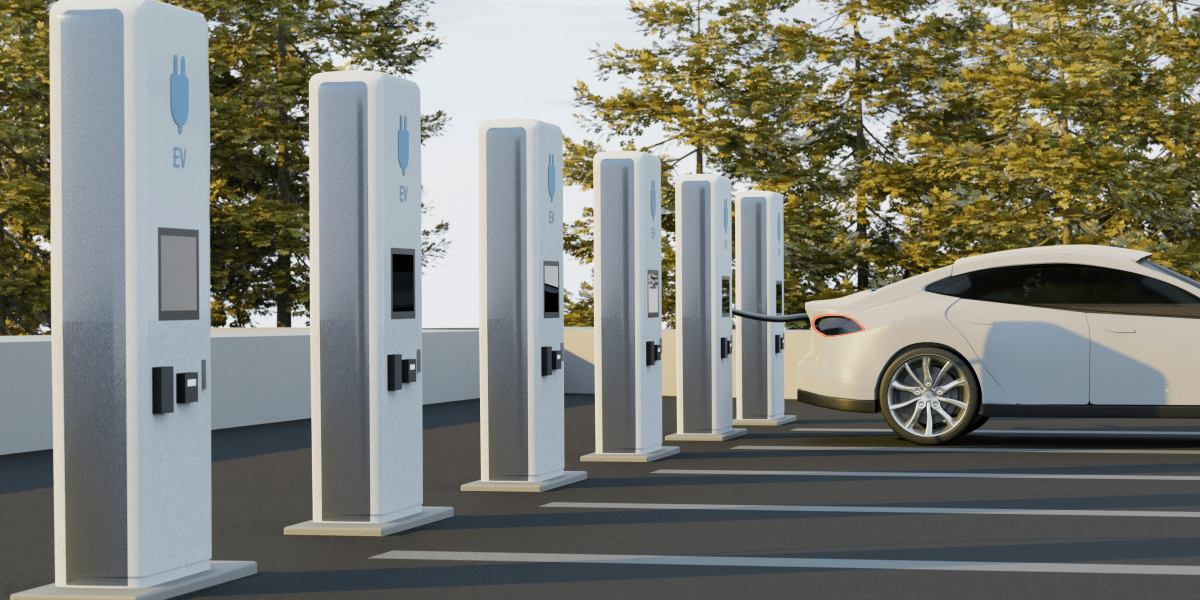The automotive world is buzzing with exciting changes, especially in the realm of electric vehicles (EVs). As technology advances, both cars and motorcycles are seeing significant transformations. These innovations are driven by a mix of environmental concerns, consumer preferences, and the push for smarter, more efficient transportation options. In this article, we’ll explore the latest trends in EVs, delve into the impact of autonomous driving technology, and see how smart technology is being integrated into modern vehicles. Get ready to dive into the dynamic world of automotive innovation!
What Are the Latest Trends in Electric Vehicles?
The electric vehicle (EV) landscape is evolving rapidly, driven by technological advancements and growing environmental awareness. One of the most significant trends is the improvement in battery technology. Modern lithium-ion batteries offer greater energy density, which translates to longer driving ranges and shorter charging times. This makes EVs more practical for everyday use and long-distance travel.
Another trend is the increase in charging infrastructure. More public charging stations are being installed worldwide, including in Israel. This expansion reduces range anxiety, a common concern among potential EV buyers, and makes electric cars a more convenient option.
Manufacturers are also focusing on making EVs more affordable. The cost of batteries has decreased significantly over the past decade, leading to lower overall vehicle prices. Coupled with government incentives and subsidies, this makes EVs financially attractive to a broader audience.
In addition, there is a growing emphasis on sustainability. Many carmakers are committing to using eco-friendly materials in their vehicles and adopting greener manufacturing processes. This not only reduces the environmental impact of EV production but also appeals to environmentally conscious consumers.
Lastly, the integration of smart technology in EVs is becoming standard. Features like advanced driver-assistance systems (ADAS), over-the-air software updates, and enhanced connectivity options are now common. These innovations improve the driving experience and ensure that vehicles remain up-to-date with the latest technological advancements.
How Is Autonomous Driving Technology Transforming the Industry?
Autonomous driving technology is revolutionizing the automotive industry in ways we once only imagined. With major companies investing heavily in research and development, we are seeing significant strides toward making self-driving cars a reality. This technology is poised to enhance safety on the roads by reducing human error, which is a leading cause of accidents.
One of the biggest impacts of autonomous driving is on urban transportation. Cities are exploring the use of autonomous vehicles for public transport and ride-sharing services, which could reduce traffic congestion and improve efficiency. These vehicles are designed to communicate with each other and with traffic management systems, creating a more coordinated and smoother flow of traffic.
Additionally, autonomous driving technology is transforming the logistics and delivery sectors. Companies are testing self-driving trucks that can operate 24/7, potentially lowering costs and speeding up delivery times. This could revolutionize supply chains and e-commerce, making it easier for businesses to meet consumer demands.
Some EVs also integrate smart features like advanced driver-assistance systems (ADAS) and real-time traffic updates. These innovations not only enhance the driving experience but also pave the way for fully autonomous vehicles in the future.
In summary, autonomous driving technology is not just about creating self-driving cars; it’s about reshaping the entire transportation ecosystem to be safer, more efficient, and more connected.
How Is Smart Technology Integrated into Modern Vehicles?
Smart technology is making a big splash in modern vehicles, changing the way you drive and interact with your car. One of the main features you’ll notice is advanced driver-assistance systems (ADAS). These systems use sensors and cameras to help you stay in your lane, avoid collisions, and even park your car. You’ll also find that many new cars come with connectivity features that let you sync your smartphone, giving you access to navigation, music, and hands-free calling right from your dashboard.
Another exciting development is the integration of IoT (Internet of Things) technology. This allows your car to communicate with other devices, like your home automation system. Imagine your car alerting your smart thermostat to start heating your home as you drive back from work. Additionally, real-time data sharing is improving vehicle maintenance by predicting issues before they become problems, ensuring your car runs smoothly and safely.
The automotive industry is evolving rapidly, with electric vehicles and smart technology leading the charge. As these innovations become more mainstream, they promise to make our driving experiences safer, more efficient, and environmentally friendly. Staying informed on these trends ensures you’re ready for the future of transportation.
Published by: Holy Minoza

















